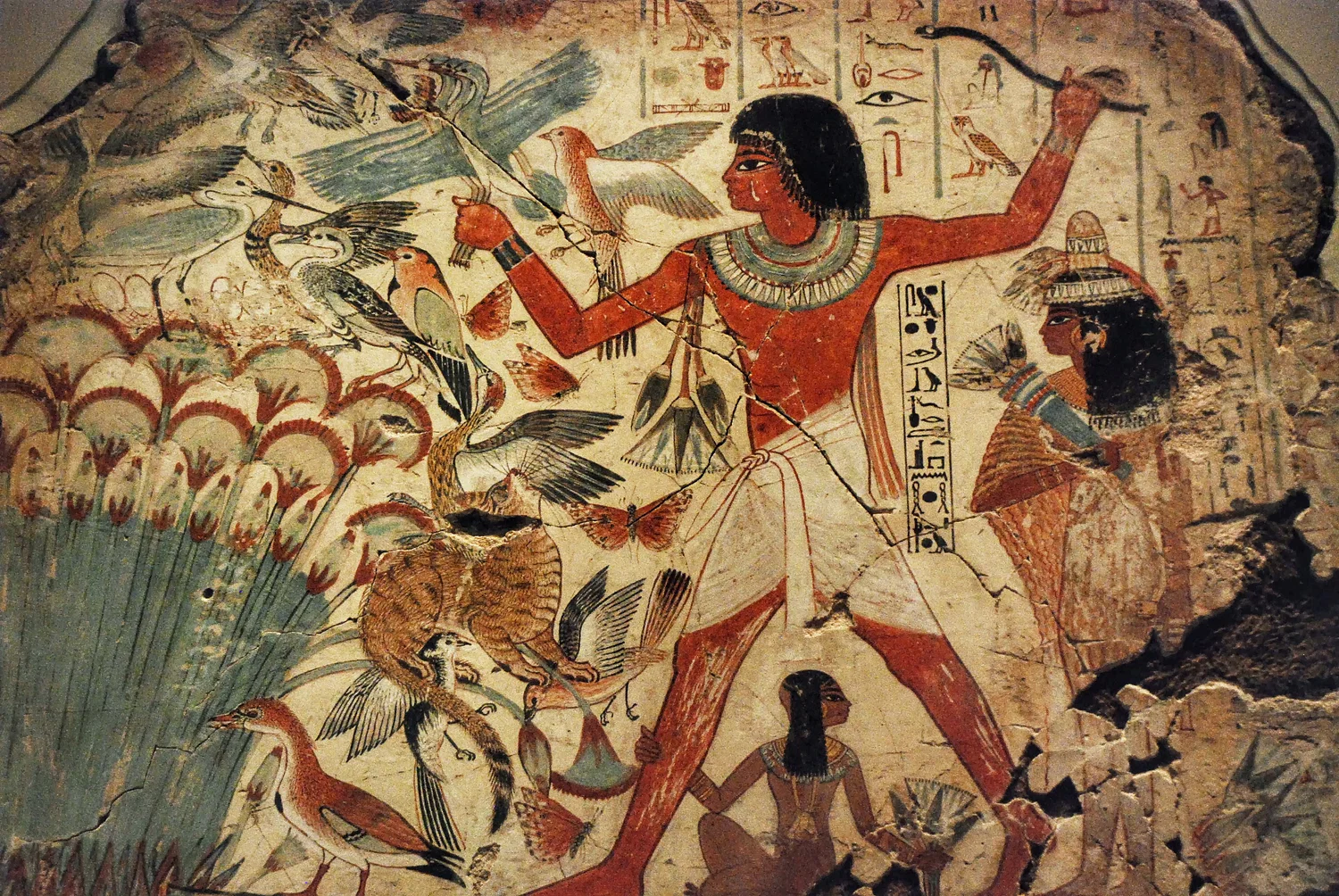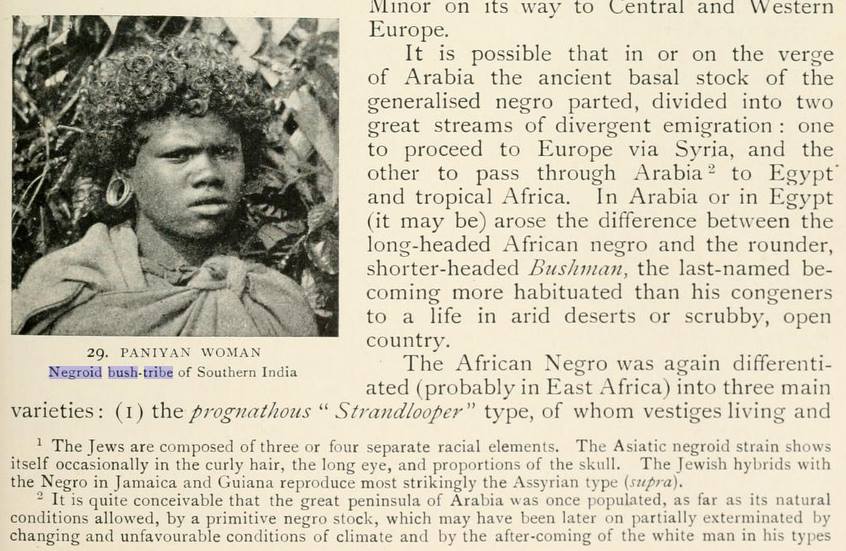1981 AD: Ancient Egypt Was Black According To UNESCO
More Info “Herodotus reverts several time to the negroid character of the Egyptians and each time uses it as a fact of observation to argue more or less complex thesis. Thus to prove that the Greek oracle at Dodona in Epirus was of Egyptian origin, one of his arguments is the following: ‘… and when…
Read More “1981 AD: Ancient Egypt Was Black According To UNESCO” »




You must be logged in to post a comment.